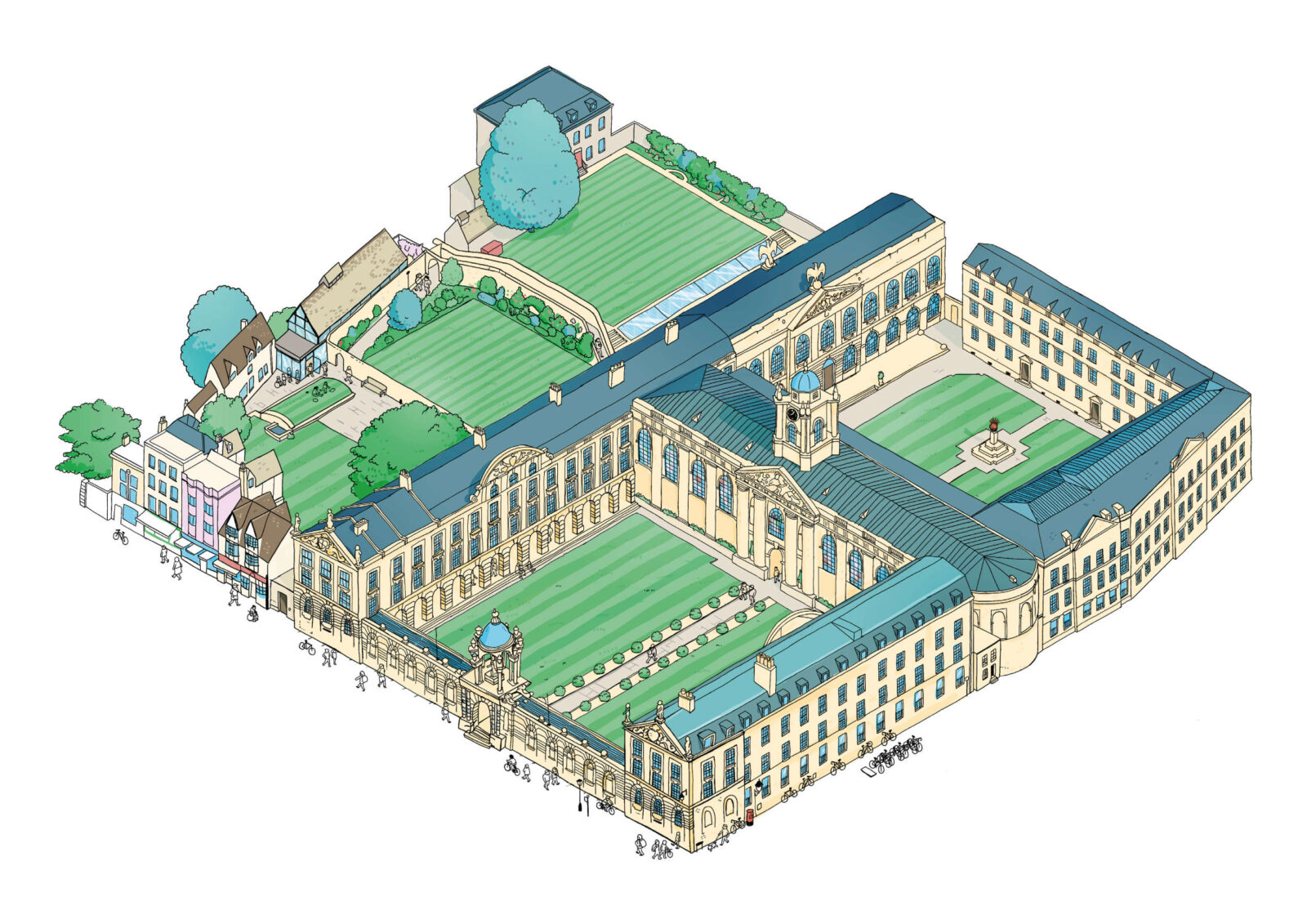SCROLL FOR MORE
Discover The Queen’s College
The Queen's College
is tucked away behind the High Street in the centre of Oxford
has three library reading rooms on site
is a stone’s throw from your lectures and labs
is a 15-minute walk from multi-cultural Cowley Road

Watch the virtual tour
What can we help you find?
We’d like you to get to know us a little better so please use our search to find the information
you need. If you can’t find something, please email news@queens.ox.ac.uk.